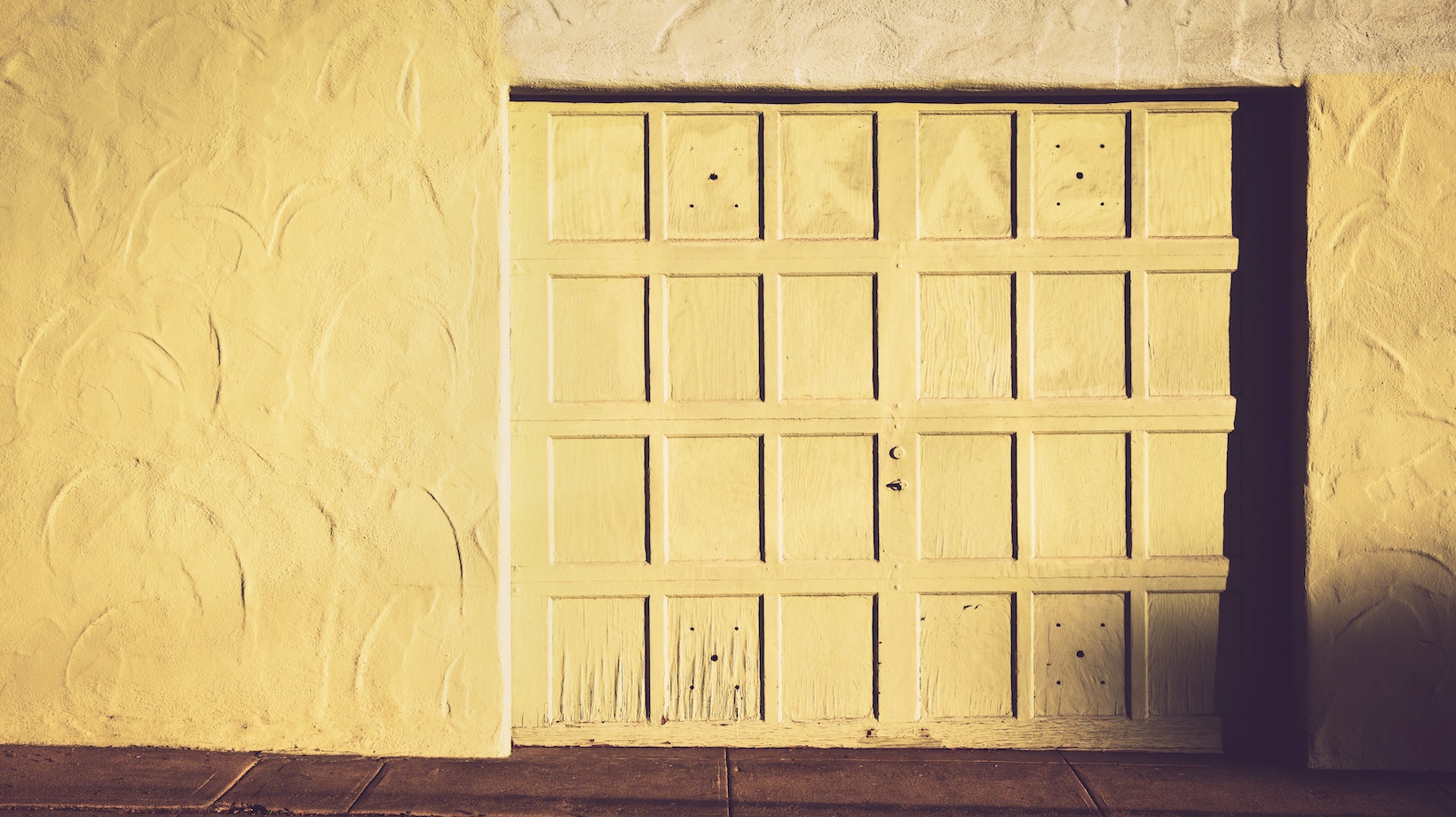Table of Contents
ToggleRubber Threshold For Garage Door
- Weatherproofing: A rubber threshold provides excellent weatherproofing by preventing rainwater or snow from seeping into your garage. This not only keeps your belongings dry but also helps to maintain the structural integrity of your garage.
- Pest Control: One common problem in garages is pests finding their way inside through gaps under the door. With a rubber threshold in place, you can minimize the entry points for insects, rodents, and other critters looking for shelter.
- Energy Efficiency: By sealing off gaps between the door and the floor, a rubber threshold helps to improve energy efficiency by reducing drafts and heat loss during colder months. This can result in lower energy bills and increased comfort inside your home.
Installation Process Of A Rubber Threshold
Installing a rubber threshold for your garage door is relatively straightforward and can often be done as a DIY project. Here’s an overview of the installation process:
- Measurements: Start by measuring the width of your garage door opening to determine what size rubber threshold you’ll need.
- Clean Surface: Ensure that the area where you’ll be installing the rubber threshold is clean and free from any debris or obstructions.
- Cutting & Trimming: If necessary, cut or trim the rubber threshold to fit perfectly across the width of your garage door opening.
- Adhesive Application: Apply a suitable adhesive to the back of the rubber threshold and carefully position it at the bottom of your garage door. Ensure that it is aligned properly before pressing it firmly into place.
- Allow for Drying: Let the adhesive dry according to the manufacturer’s instructions before testing the effectiveness of the seal by opening and closing your garage door.

Choosing The Right Size And Type Of Rubber Threshold
When selecting a rubber threshold for your garage door, there are a few factors to consider:
- Size: Measure the width of your garage door opening accurately to ensure you choose a rubber threshold that fits snugly across its entire width.
- Material: Rubber thresholds come in various materials, such as EPDM or neoprene. Consider factors like durability, weather resistance, and flexibility when deciding on the right material for your needs.
- Height: Determine how high you want the rubber threshold to be based on any potential obstructions or uneven surfaces that may require additional clearance.
By considering these factors and choosing a high-quality rubber threshold that suits your specific requirements, you can effectively enhance the functionality and protection provided by your garage door while minimizing potential issues caused by external elements.
Remember, proper installation is key to maximizing the benefits of a rubber threshold for your garage doors. If unsure about DIY installation, consult with professionals or refer to manufacturer guidelines for assistance.
Installation Process For Rubber Thresholds
When it comes to installing a rubber threshold for your garage door, the process is relatively straightforward. Follow these steps to ensure a successful installation:
- Prepare the area: Begin by cleaning the bottom of your garage door thoroughly. Remove any dirt, debris, or old adhesive that may be present. This will ensure proper adhesion and a smooth installation.
- Measure and cut: Take accurate measurements of the width of your garage door opening. Using these measurements, mark the rubber threshold accordingly and cut it to size using a utility knife or scissors. Ensure that you have enough length to cover the entire width of the door.
- Apply adhesive: Apply a high-quality adhesive along the backside of the rubber threshold strip. Be sure to use an adhesive that is specifically designed for outdoor use and can withstand varying weather conditions.
- Position and press down: Carefully position the rubber threshold at the bottom of your garage door, aligning it with the edges of the opening. Once aligned, firmly press down on the entire length of the threshold strip to ensure proper contact with both the floor and bottom of the door.
- Secure with screws (optional): For added stability, you may choose to secure the rubber threshold further by using screws or nails along its edges or at regular intervals throughout its length. This step is optional but can provide extra durability in areas with heavy foot traffic or extreme weather conditions.
- Allow time for curing: Give ample time for the adhesive to fully cure as per manufacturer’s instructions before subjecting it to heavy usage or exposure to moisture.
By following these simple steps, you can effectively install a rubber threshold for your garage door, providing an effective barrier against drafts, pests, dirt, and water infiltration.

